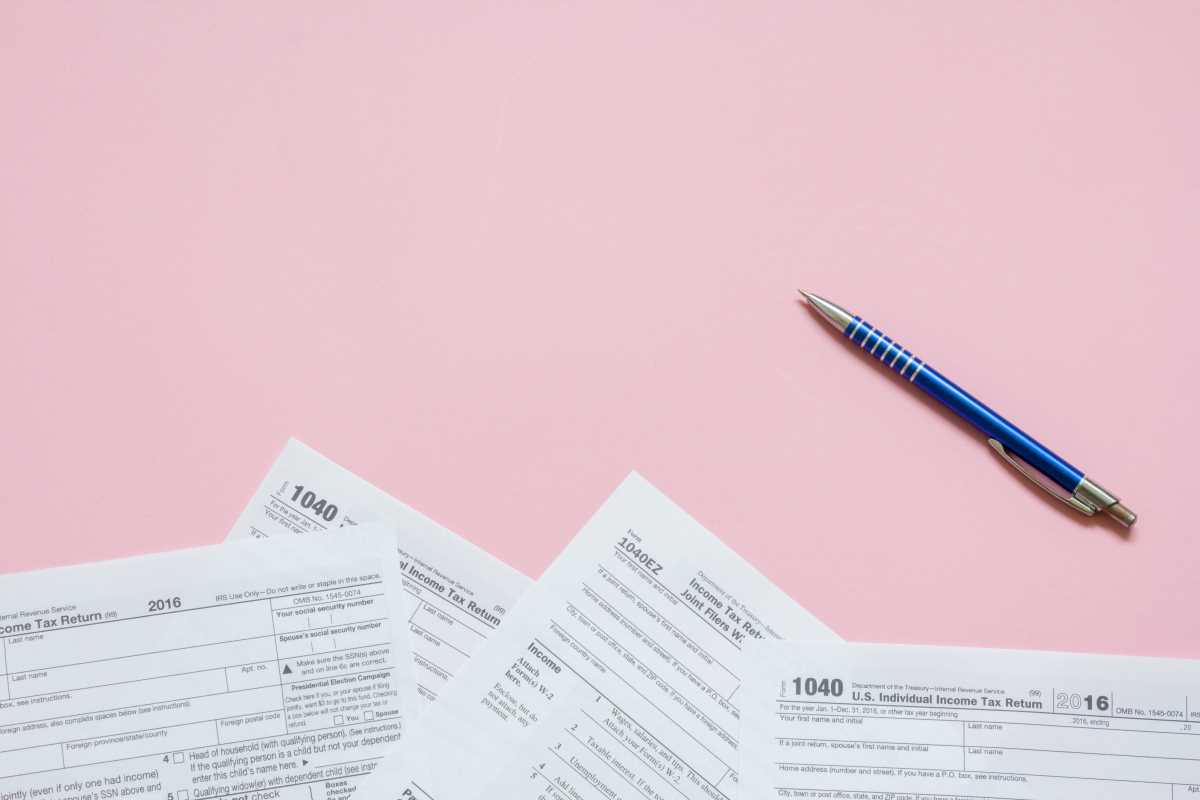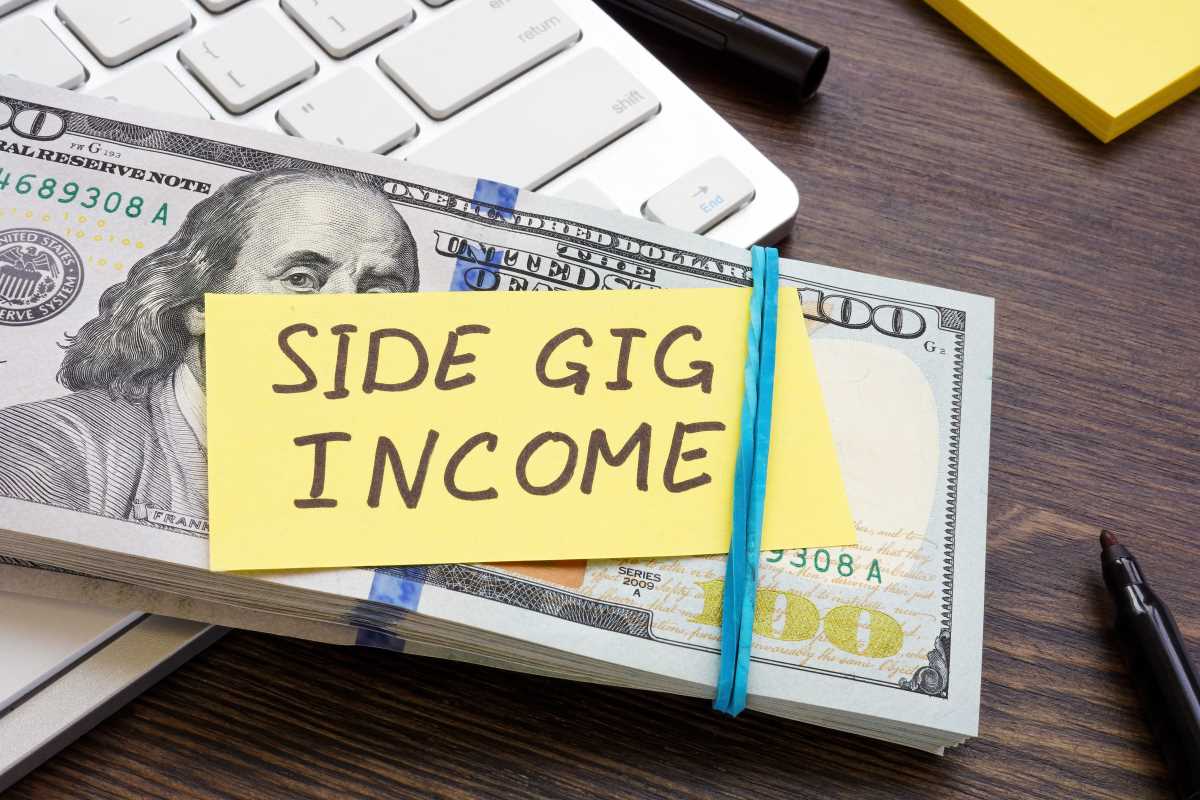Tax season. We all dread it a little, right? The piles of paperwork, the confusing forms, the fear of making a mistake—it can feel like a lot to handle, especially if you’re new to it all. But here’s the good news: filing your taxes doesn’t have to be a total nightmare. Thanks to IRS-approved tax software, you can breeze through the process, avoid common mistakes, and even find deductions and credits you might have missed. I know taxes can feel overwhelming, but trust me—this year, we’ve got it covered. With the right tools and a little guidance, you’ll be able to file with confidence.
Why Use Tax Software?
You might be wondering, Why should I use tax software? Well, let me tell you—it makes a huge difference. Here’s why:
1. It’s Easier: Gone are the days of manually filling out confusing tax forms and making complex calculations. Tax software is like your personal assistant, walking you through the process step by step. You just answer a few simple questions, and the software does the rest.
2. It’s Faster: You can file your taxes in a fraction of the time it would take to do it manually. No more wasting hours trying to figure out where to put each number. The software does the heavy lifting for you.
3. It’s More Accurate: One of the best things about tax software is that it helps reduce errors. It checks your numbers and even prompts you to review anything that looks off. This is a huge advantage over doing your taxes by hand, where a small mistake could lead to penalties or a delayed refund.
4. It Can Save You Money: Many tax software programs help you identify tax deductions and credits you might have missed. They search through your financial situation to make sure you’re not leaving money on the table.
What Does “IRS-Approved” Mean?
You’ve probably heard the term “IRS-approved” thrown around, but what does it really mean? When we say a tax software is “IRS-approved,” we’re talking about software that has been reviewed and accepted by the IRS for e-filing tax returns. These programs meet the IRS’s strict standards for security, accuracy, and data protection, so you can rest assured that your information is in good hands. In short, these programs are trusted to get your taxes filed correctly and securely.
Types of Tax Software
When it comes to tax software, you’ve got a few options to choose from. Here’s a breakdown of the most common types:
1. Online Software: These programs are accessed through a website, so there’s no need to download anything. Most online tax software is designed to be user-friendly and guide you through the process. They’re great for straightforward tax situations and offer a simple, hassle-free experience.
2. Desktop Software: If your taxes are a bit more complicated, desktop software might be the better option. These programs are downloaded onto your computer and can handle more complex tax situations like self-employment income, investments, and itemized deductions. They usually cost a little more, but the extra features can be worth it for more complicated returns.
3. Free Options: The IRS offers a “Free File” program for taxpayers who meet certain income requirements (usually under $73,000 per year). Several tax software companies also offer free versions of their programs, though these tend to be limited to simpler returns. If you have a basic tax situation, free options can be a great way to save money.
How to Choose the Right Tax Software
Choosing the right tax software can feel like a big decision, but don’t worry—it doesn’t have to be complicated. Here’s a quick guide to help you pick the one that’s best for your needs:
1. Consider Your Tax Situation:
If your tax situation is simple (W-2 income, maybe some interest income), a free version might work just fine. However, if you have more complicated tax situations—like freelance income, investment earnings, or itemized deductions—you might need to go for a paid version with more features.
2. Check the Features:
Not all tax software is created equal, so take a look at what features are available. Look for tools that offer step-by-step guidance, error checking, and even tax deduction finders. Some programs also offer free audit support, which could be helpful if the IRS ever questions your return.
3. Read Reviews:
Before you commit, check out user reviews to get a sense of what other people think. Look for reviews that mention things like ease of use, accuracy, and customer support. This will help you pick software that’s reliable and easy to navigate.
4. Compare Prices:
Prices for tax software vary depending on the program and the features you need. Most companies offer multiple pricing tiers, so be sure to compare options. Some even offer discounts or promotions during tax season, so keep an eye out for deals.
5. Check for IRS Free File Eligibility:
If your income is below a certain threshold (usually $73,000), you might qualify for the IRS Free File program. Many IRS-approved software providers offer free filing for eligible taxpayers, so be sure to check if you qualify.
Popular IRS-Approved Tax Software
There are plenty of IRS-approved tax software options out there, so let’s take a look at some of the most popular ones:
1. TurboTax:
TurboTax is one of the most widely used tax software programs, known for its user-friendly interface and comprehensive features. It offers both free and paid versions depending on the complexity of your return. TurboTax also provides live support if you need it.
2. H&R Block:
H&R Block is another trusted name in tax filing. Like TurboTax, it offers online and desktop versions, along with in-person support if you prefer to meet with someone face-to-face. They also offer a free version for simple returns.
3. TaxAct:
If you’re looking for a more budget-friendly option, TaxAct is a great choice. It’s affordable, easy to use, and offers a variety of features that can help you file your taxes quickly and accurately.
4. FreeTaxUSA:
For taxpayers who want to file their federal return for free, FreeTaxUSA is a solid option. It offers free federal filing for most taxpayers, and their paid versions are still relatively inexpensive.
Tips for Using Tax Software
Once you’ve chosen your tax software, here are a few tips to help you get the most out of it:
Gather Your Documents:
Before you start, make sure you have all your tax documents in one place—W-2s, 1099s, receipts, and anything else related to your income and deductions.
Double-Check Your Information:
Accuracy is key. Double-check all your personal information, income details, and deductions before filing. The software may catch some mistakes, but it’s always good to double-check.
Take Advantage of Deductions and Credits:
Tax software is great at helping you find deductions and credits you might have missed. Make sure you’re taking advantage of everything available to you!
E-File and Choose Direct Deposit:
For the fastest refund, choose e-filing and direct deposit. This ensures that your return gets processed quickly and that you get your money as soon as possible.
Keep a Copy of Your Return:
Save a copy of your tax return for your records. You never know when you might need it, so having a backup is a good idea.







